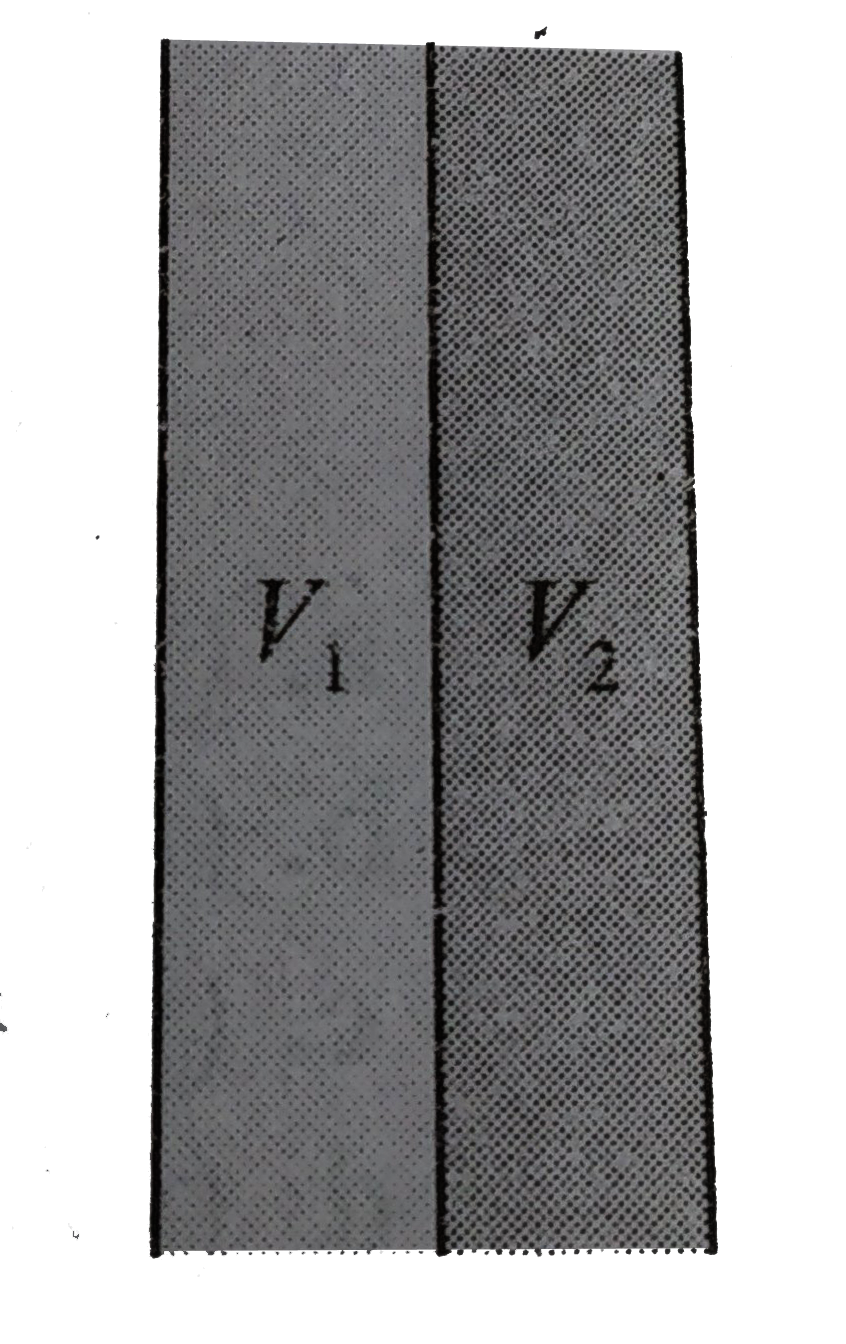Statement 1: the process of diffusion does not require any input of energy.
Statement 2: Diffusion involves movement of particles from a region of higher concentration to a region of lower concentation.
Both statements 1and 2 are correct.
Statement 1 is correct but statement 2 is incorrect.
Statement 1 is incorrect but statement 2 is correct.
Both statements 1 and 2 are incorrect.
The correct Answer is:A
To analyze the two statements provided in the question, we can break down the information as follows:
Step 1: Understand Statement 1
- Statement 1: "The process of diffusion does not require any input of energy."
- Explanation: Diffusion is a passive transport mechanism. It occurs naturally due to the random movement of particles and does not require any energy input (like ATP). This is because molecules move along the concentration gradient, from areas of high concentration to areas of low concentration.
Step 2: Understand Statement 2
- Statement 2: "Diffusion involves movement of particles from a region of higher concentration to a region of lower concentration."
- Explanation: This statement accurately describes the process of diffusion. Molecules tend to move from areas where they are more concentrated to areas where they are less concentrated until equilibrium is reached.
Step 3: Evaluate Both Statements
- Both statements are correct based on the definitions and principles of diffusion.
- Statement 1 correctly identifies that diffusion does not require energy.
- Statement 2 correctly describes the direction of movement in diffusion.
Step 4: Conclusion
- Since both statements are correct, the answer to the question is that both Statement 1 and Statement 2 are correct.
Final Answer
- Both statements are correct.
---
- Statement 1: "The process of diffusion does not require any input of energy."
- Explanation: Diffusion is a passive transport mechanism. It occurs naturally due to the random movement of particles and does not require any energy input (like ATP). This is because molecules move along the concentration gradient, from areas of high concentration to areas of low concentration.
- Statement 2: "Diffusion involves movement of particles from a region of higher concentration to a region of lower concentration."
- Explanation: This statement accurately describes the process of diffusion. Molecules tend to move from areas where they are more concentrated to areas where they are less concentrated until equilibrium is reached.
- Both statements are correct based on the definitions and principles of diffusion.
- Statement 1 correctly identifies that diffusion does not require energy.
- Statement 2 correctly describes the direction of movement in diffusion.
- Since both statements are correct, the answer to the question is that both Statement 1 and Statement 2 are correct.
- Both statements are correct.
Topper's Solved these Questions
- BOOK - NCERT FINGERTPS ENGLISHCHAPTER - TRANSPORT IN PLANTSEXERCISE - Plant- Water Relations46videos
TRANSPORT IN PLANTS
- BOOK - NCERT FINGERTPS ENGLISHCHAPTER - TRANSPORT IN PLANTSEXERCISE - Long Distance Transport of Water12videos
TRANSPORT IN PLANTS
- BOOK - NCERT FINGERTPS ENGLISHCHAPTER - THE LIVING WORLDEXERCISE - The Living World130videos
THE LIVING WORLD
Similar Questions
Assertion (A) When solution is separted from the pure solved semipermeable membrane, the solvent molecules pass through it from pure solvent side to the solution side.
Reason (R ) Diffusion solvent occurs from a region of concentration solution to a region of low concentration soluton.View SolutionGive technical term for:
The process of movement of molecules from higher to lower concentration.View Solution
Knowledge Check
- Question 1 - Select One
Read the following statements and select the correct option.
Statement (i)Pure water has the highest water potential,i.e. zero.
Statement (ii)Process of diffusion does not require any input of energy.
Statement (iii)Water moves from the system containing water at higher water potential to the one having lower water potential.AStatements (i)and (ii) are correct.BStatements(ii) and (iii) are correct.CStatements (i) and (iii) are correct.DStatements (i),(ii) and (iii) are correct. - Question 2 - Select One
Movement of the molecules of solids, gases or liquids from the region of their higher concentration to the region of their lower concentration is known as
AdiffusionBosmosisCimbibitionDactive transport. - Question 3 - Select One
Uphill transport I.e. movement of substances from their lower concentation to their higher concentration occurs in
Asimple diffusionBfacilitated diffusionCactive transportDboth (b)and (c).
Each question contains STATEMENT-I(Assertion) and STATEMENT-2(Reason).the statement carefully and mark the correct answer accoring to the instrution given below:
STATEMENT - 1 : Osmosis involves movement of solvent molecules from lower concentration to higher concentration.
STATEMENT - 2 : Solutions having the same osmotic pressure are called isotonic solutions.View SolutionAn electron traveling in a uniform electric field passes from a region of potential V1 to a region of higher potential V2. Then
 View Solution
View SolutionStatement - 1 : Pine oil is fused as a foaming agent in froth floatation process. And
Statement - 2 : Adsorption principle is involved in froth floatation process.View SolutionAssertion: When a solution is separated from the pure solvent by a semi-permeable membrane, the solvent molecules pass through it from pure solvent side to the solution side.
Reason: Diffusion of solvent occurs from a region of high concentration solution to a region of low concentration solution.View SolutionMovement of solvent molecule from a region of its higher concentration to a region of its lower concentration through a semi- permeable membrane is refferred to as
View Solution

